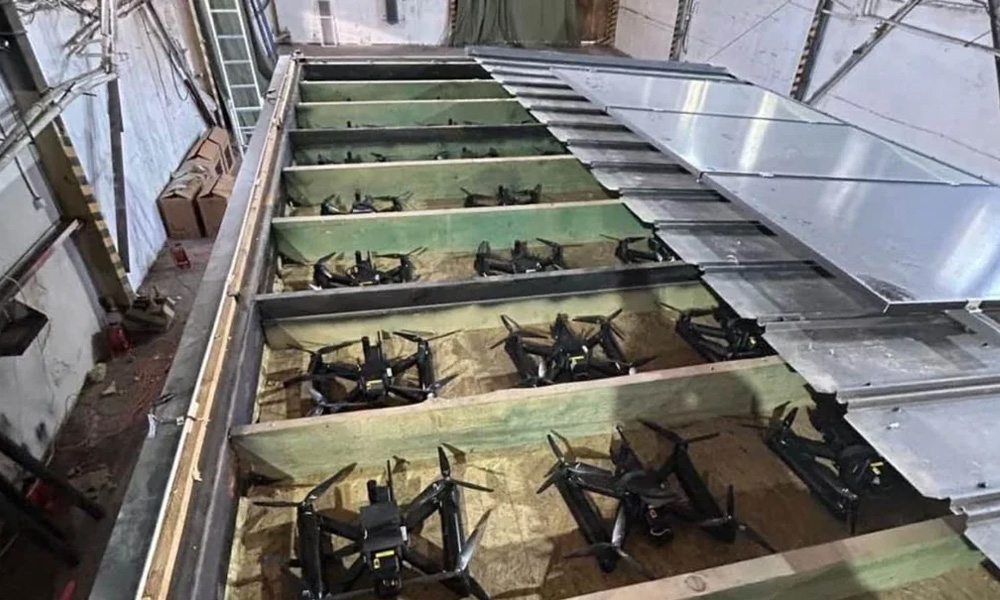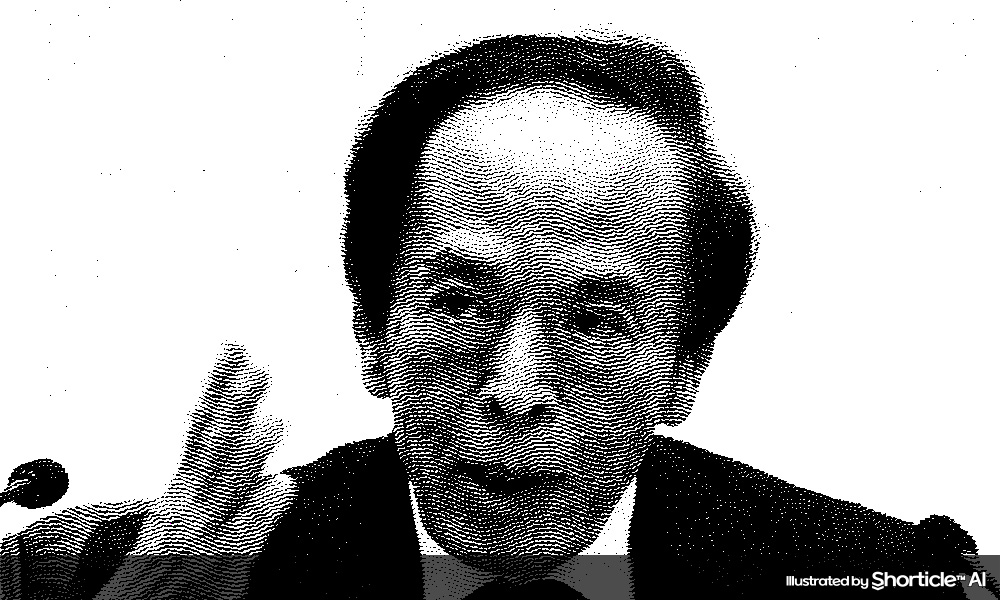Ukraine launched a massive surprise drone strike deep into Russian territory, destroying and damaging dozens of strategic bombers at four air bases.
The 18-month-long covert mission, called “Operation Spider’s Web,” dealt a major blow to Russia’s nuclear deterrence and long-range strike capability.
Observers, including pro-Moscow bloggers, dubbed the attack the “Russian Pearl Harbor,” as the timing could derail ongoing U.S.-backed peace talks.
Read Full Article
Ukraine’s ‘Spider’s Web’ Operation Cripples Russian Nuclear Air Fleet
On June 1, 2025, Ukraine’s Security Service (SBU) executed a daring and highly coordinated drone operation that struck four Russian air bases deep inside the country. The operation used FPV (first-person-view) drones, smuggled into Russia hidden inside mobile wooden cabins mounted on trucks.
Kyiv reported that 41 Russian aircraft, including TU-95 “Bear” nuclear bombers, TU-22 “Backfire” tactical bombers, and A-50 airborne command jets, were hit in the attack. The bases targeted were located in Irkutsk (Siberia), Murmansk (Arctic Circle), Ryazan (southeast of Moscow), and Ivanovo (northeast of Moscow)—some over 2,500 miles from Ukrainian territory. The estimated cost of damage exceeds $7 billion, and many of the aircraft are no longer in production.
Dramatic footage released by the SBU shows bombers engulfed in flames on runways and FPV drones launching from parked trucks. Ukrainian sources say the drones were remotely deployed from concealed mobile units, with timing and coordination handled from within Russia.
Ukraine said the strike was in direct retaliation for Russia’s largest drone attack since the start of the war just days earlier, involving 472 drones and multiple cruise and ballistic missiles. According to Ukrainian officials, 385 aerial targets were intercepted during that Russian offensive.
President Volodymyr Zelensky personally oversaw the operation. He later revealed the operation’s command center was situated “right next to” the Russian FSB headquarters, calling it “an operation that will go down in history.” He added, “One year, six months, and nine days of planning. Our most far-reaching strike yet. All personnel involved were safely withdrawn.”
Zelensky’s chief of staff, Andriy Yermak, posted a cryptic spiderweb emoji on X just before the announcement. Sources told Axios that Ukraine did not inform the U.S. in advance.
The timing of the strike—one day before a planned peace meeting in Istanbul—could jeopardize progress in U.S.-brokered talks. Kyiv insists it is committed to peace but has demanded a formal memorandum from Russia outlining its intentions before agreeing to meet. Zelensky reiterated that any meeting must be “well-prepared and meaningful.”
Following the strike, Zelensky called for a complete and unconditional cease-fire, the return of abducted Ukrainian children, and the release of prisoners. Russia has rejected such conditions, casting doubt on the future of the talks.
Separately, two bridges near the Ukrainian border collapsed in apparent sabotage incidents, killing at least seven. Russian officials have launched an investigation.





